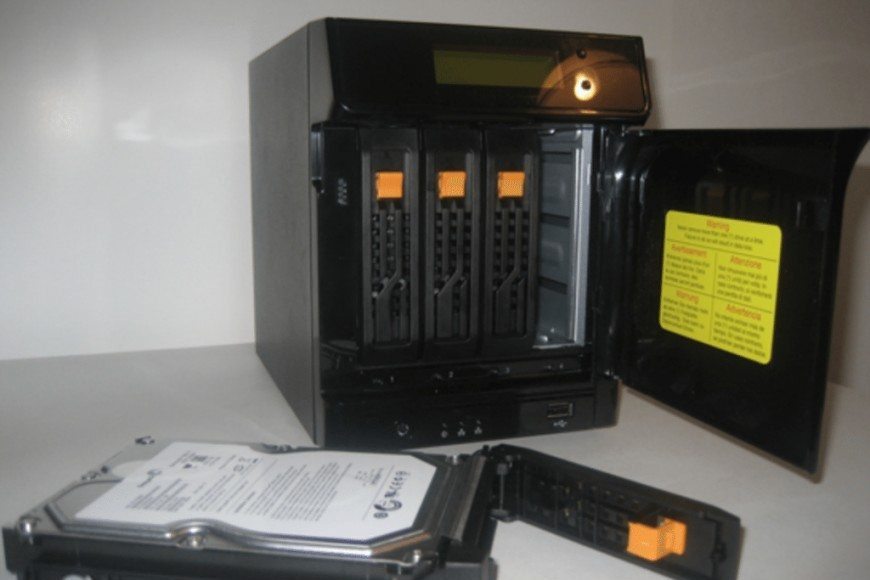When white hat cyber criminal OJ Reeves revealed a vulnerability in Seagate’s Network Attached Storage (NAS) software, alongside two completely functional developments leveraging the fault, he did not do it out of some bad content. Or to jeopardize innocent users. Or to ruin the company’s repute. He did it because there was no other way out.
According to Reeves, all vendors are unequal. So are all software and devices and bugs. He asserted that he does not treat all disclosures in the same equal way and the toughest part is to discern the amount of time to wait for before announcing it to the masses.
In spite of 130 days of accountable exposé proceedings by Reeves the liability remains, as of March 1, unlatched. Thousands of clients are presently at risk.
Seagate’s line of NAS products is called Business Storage 2-Bay NAS and has a management app that lets supervisors perform tasks like adding clients, setting up contact control, running files, and much more. These tools are inside house and business network, and in most cases they are exposed. It was in this line that Reeves discovered and experienced his software susceptibility.
By being open, Reeves expects to compel Seagate to make the essential changes. It is the most efficient strategy on the planet of responsible susceptibility reporting.
The zero day susceptibility Reeves revealed allows any hacker on the matching network as the vulnerable device to take total control of the device as the root consumer, without calling for a valid login. All the hacker needs to do is to make his or her way to the app’s border end.
There is a broad range of evil deeds, including pilfering information, completely erasing the memory of the tool, making use of it to excavate Bit coins, make botnets or horde malware and prohibited documents, that can be leveraged through this. Additionally, Reeves said that Seagate’s NAS boxes make use of a frail hashing method for passwords, and this could cause widespread security issues.
According to Reeves, if the NAS is vulnerable, cyber criminals can easily break the unsalted MD5 botches to recover the previous pass words, and then they can reclaim those qualifications elsewhere.
Reeves also talked about the CVSS scores and says that it possibly would not get any worse.
Reeves posted in his open disclosure review that the vulnerability influences the newest Seagate NAS firmware edition, and possibly all preceding versions too. Reeves worked his exploitation device on two dissimilar network devices made by Seagate and discovered both of them vulnerable. After performing a Shodan inquiry of the NAS box replicas he used, Reeves found roughly 2,500 of those boxes to be presently on public networks. That has caused them to be open to hackers. Because the software made use of on the devices is also used on many other Seagate goods, Reeves feels convinced the crisis widens to a greater extent.


